Best low-slope roof system for 1:12
jpherron
17 years ago
Featured Answer
Sort by:Oldest
Comments (12)
bus_driver
17 years agojpherron
17 years agoRelated Professionals
Westchester Kitchen & Bathroom Remodelers · Canandaigua General Contractors · Fridley General Contractors · Mishawaka General Contractors · River Edge General Contractors · Rohnert Park General Contractors · Woodstock Painters · Culpeper Painters · Duarte Painters · Fillmore Painters · Frankfort Painters · Greenburgh Painters · Ronkonkoma Painters · Shaker Heights Painters · Melvindale Paintersbrickeyee
17 years agojpherron
17 years agobus_driver
17 years agojpherron
17 years agobus_driver
17 years agosombreuil_mongrel
15 years agobrickeyee
15 years agorobin_fla
15 years agomightyanvil
15 years ago
Related Stories
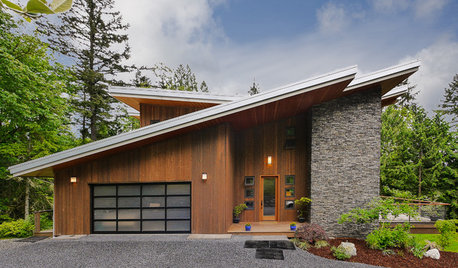
EXTERIORS5 Types of Sloping Roofs That Hit the Right Pitch
These modern houses approach the everyday roof from a different angle
Full Story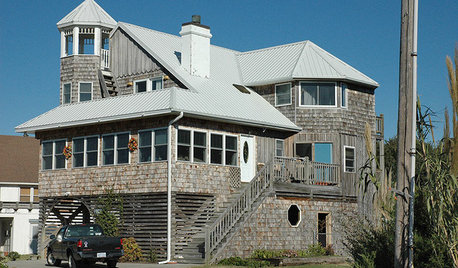
REMODELING GUIDES8 Ecofriendly Roof Options for Low Budgets and Up
Save resources with a cooling or sustainable roof or add-on that looks great and fits your price range
Full Story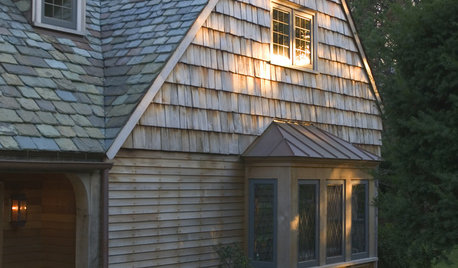
EXTERIORSRoofing Materials: Slate Makes for Fireproof Roofs That Last
It stands up to weather and fire without losing its high-end look. But can your budget handle it?
Full Story
HOUZZ TOURS13 Character-Filled Homes Between 1,000 and 1,500 Square Feet
See how homeowners have channeled their creativity into homes that are bright, inviting and one of a kind
Full Story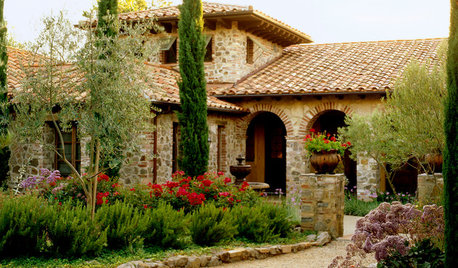
ROOFSRoof Materials: Get an Old-World Look With Clay Roof Tiles
The ancient roof material of choice remains the modern-day ideal for authentic Italian, Mediterranean and Spanish home styles
Full Story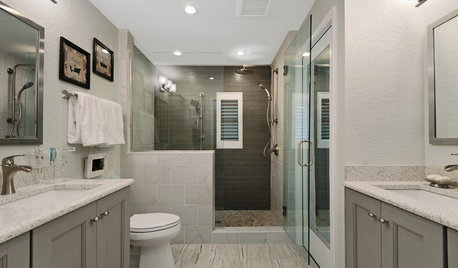
INSIDE HOUZZSee a Couple’s New Spa-Like Bathroom From Lowe’s and Houzz
The sweepstake winners’ master bathroom gets a makeover with a new shower, tile and storage space
Full Story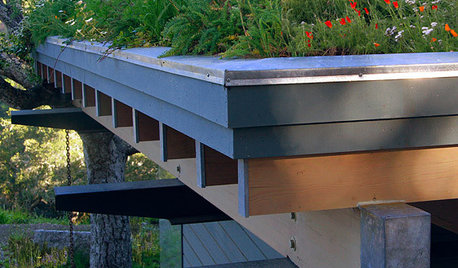
EARTH DAYHow to Install a Green Roof
Covering a roof with low-maintenance plants has benefits beyond just beauty. Get the details here
Full Story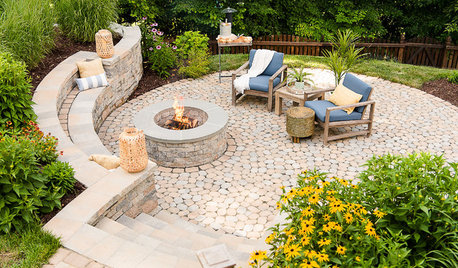
LANDSCAPE DESIGNHow to Design a Low-Maintenance Yard
See 12 ways to set up your garden so you spend less time working on it and more time enjoying it
Full Story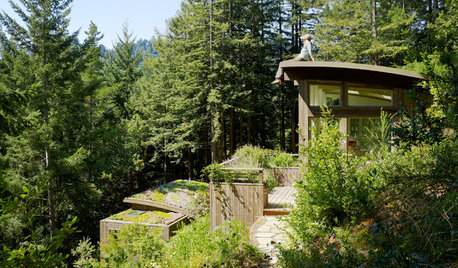
REMODELING GUIDESLiving Roofs Crown Green Design
Living roofs save energy, improve air, water, curb appeal — and the view from above doesn't hurt either
Full Story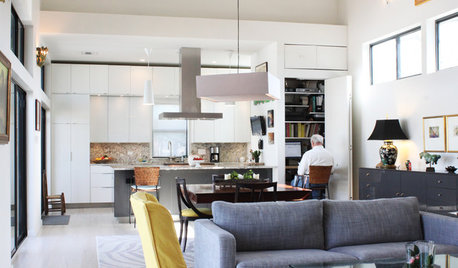
HOUZZ TOURSMy Houzz: Luminous and Low Maintenance in New Orleans
See the new build that replaced a hurricane-ravaged house, beginning a new chapter for a retiring couple
Full Story






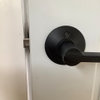

jimrac